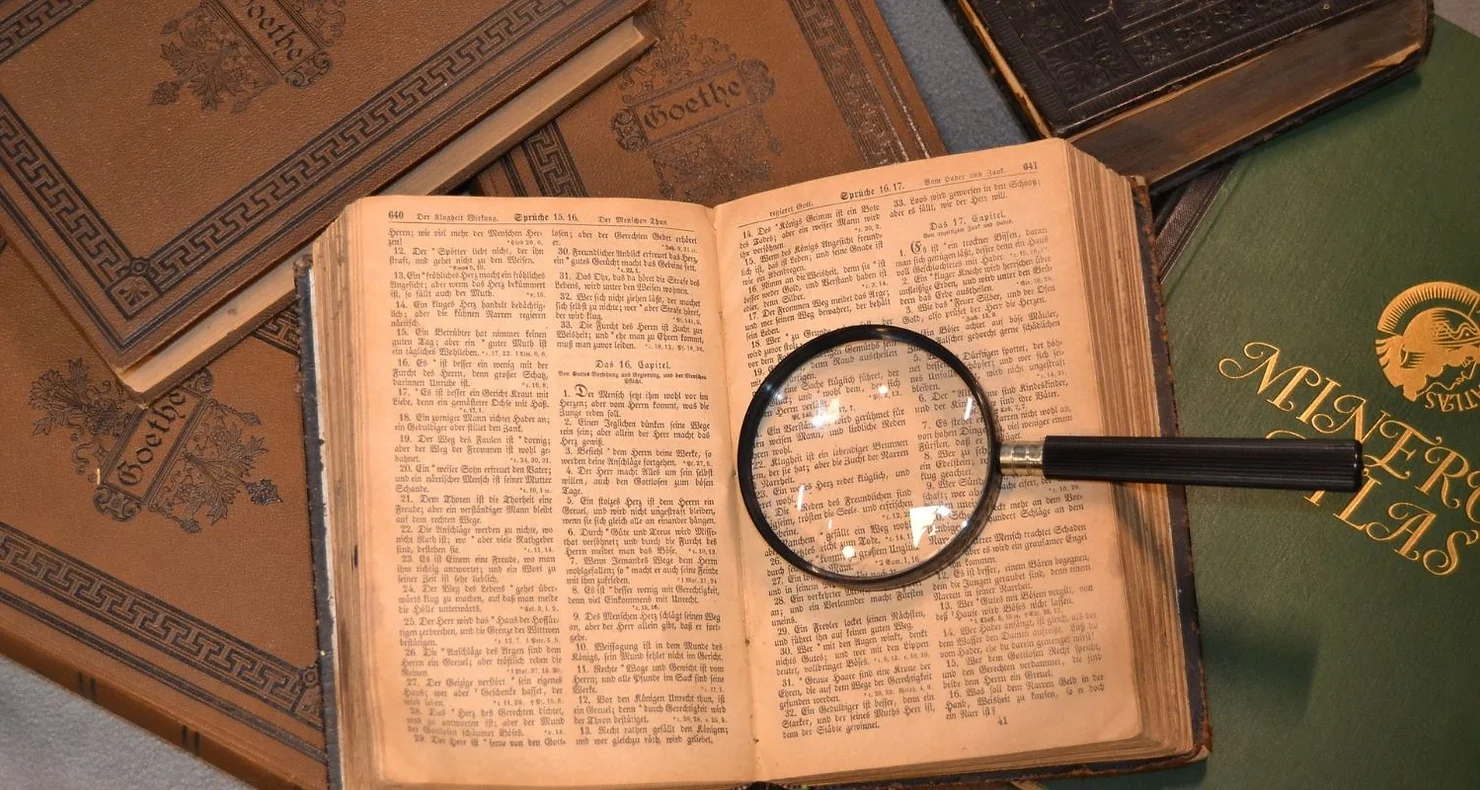
You may be surprised to learn that hearing loss not only is one of the most common medical conditions people experience today but it has also existed for centuries. Over 48 million people live with some degree of hearing loss, making impaired hearing the third most pervasive medical condition that is experienced today. Fortunately, there are a range of hearing healthcare specialists and services that are invested in transforming hearing health. But this hasn’t always been the case as exploring the history of hearing loss reveals.
Early Evidence of Hearing Loss
We know that hearing loss has impacted people for centuries. The evidence of this is skeletal remains that archaeologists discovered which date back to over 10,000 years ago. Found in the Middle East, these show bone growths in the ear canal. Growths, also referred to as exostoses, can cause hearing loss by obstructing sound from being absorbed and reaching the inner ear. In addition to archaeological evidence, other early evidence that points to hearing loss includes:
-
Ancient Egypt: one of the first written records to describe hearing loss is the Ebers Papyrus which is an ancient Egyptian text. Dating back to 1550 BC, this medical text includes remedies for common health issues that people dealt with. The Ebers Papyrus includes a remedy to treat “Ears that Hear Badly”, a problem that impacts hearing. The recipe includes using ingredients like olive oil, ant eggs, and even bat wings. This points to possibly softening earwax which can block sound from traveling through the ear.
-
Ancient Greece: In Greece around 350 BC, writings by philosophers including Aristotle and Plato give us insight into understanding and attitudes towards hearing loss. The philosophers wrote that the ability to reason was intrinsically linked to the ability to speak. Therefore, people who were deaf and/or hard of hearing were unintelligent. These writings not only highlight the existence of hearing loss but also the ableist thinking about it.
Plato’s writings also referenced sign language. We know that using signs to communicate also dates back to centuries ago. The first documented school for people who were deaf was created in the mid-1500s in Spain. The Spanish Benedictine Pedro Ponce de Leon is credited with developing finger spelling, forming the basis of sign language, which was taught to deaf students as well as students who had severe forms of hearing loss.
How Hearing Aids Have Involved
In addition to the development of sign language, hearing aids also evolved to support people with hearing loss. Hearing aids date back to at least the 17th century with early evidence of hearing instruments pointing to around 1610. Ear trumpets were made from animal horns and sheet iron and were used to funnel sound into the ears. Helping to amplify sound, by the 19th century, ear trumpets became more common.
The first significant innovation in hearing aid technology was actually provided by the invention of the telephone in 1876. This established the technology that was then also used to make the first amplified hearing aids in 1889. These were stationary hearing aids which impacted usability. In 1920, vacuum tube technology was utilized to make the first portable hearing aids. Ongoing innovations in technology continued to advance hearing aid development. By the 1980s, microprocessors were developed which produced robust hearing devices. Behind the ear hearing aids became the standard hearing aid by the 1990s .
Today’s hearing aids are more advanced and innovative than ever before. There is a wide range of styles, features, and technologies that are designed to maximize hearing and user experience. Hearing aids continue to utilize advancements in technology to offer varied options that enhance sound quality, connectivity, and overall hearing.
Treating Hearing Loss
Fortunately, treating hearing loss today is much more simple than ancient times. The first step is to have your hearing assessed. Hearing tests are painless and are an important diagnostic tool used to measure hearing capacity in both ears. This identifies any hearing loss and the degree of impairment you could be experiencing. Once your hearing needs are established, your hearing health care provider is able to recommend treatment options that can best meet those needs. Prioritize your hearing health today by calling us today to schedule an appointment for a hearing consultation.
